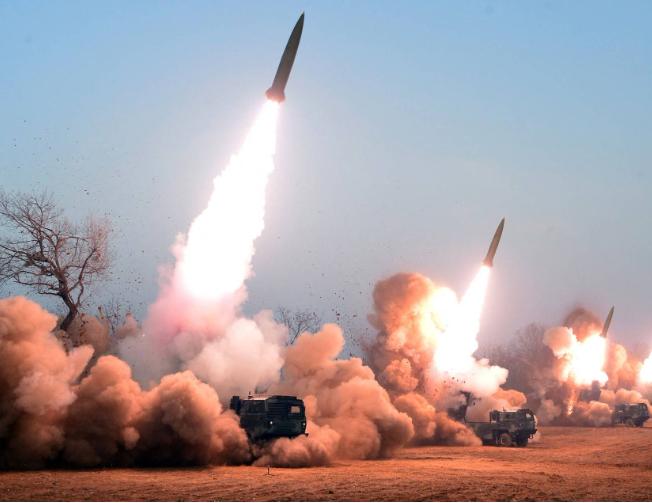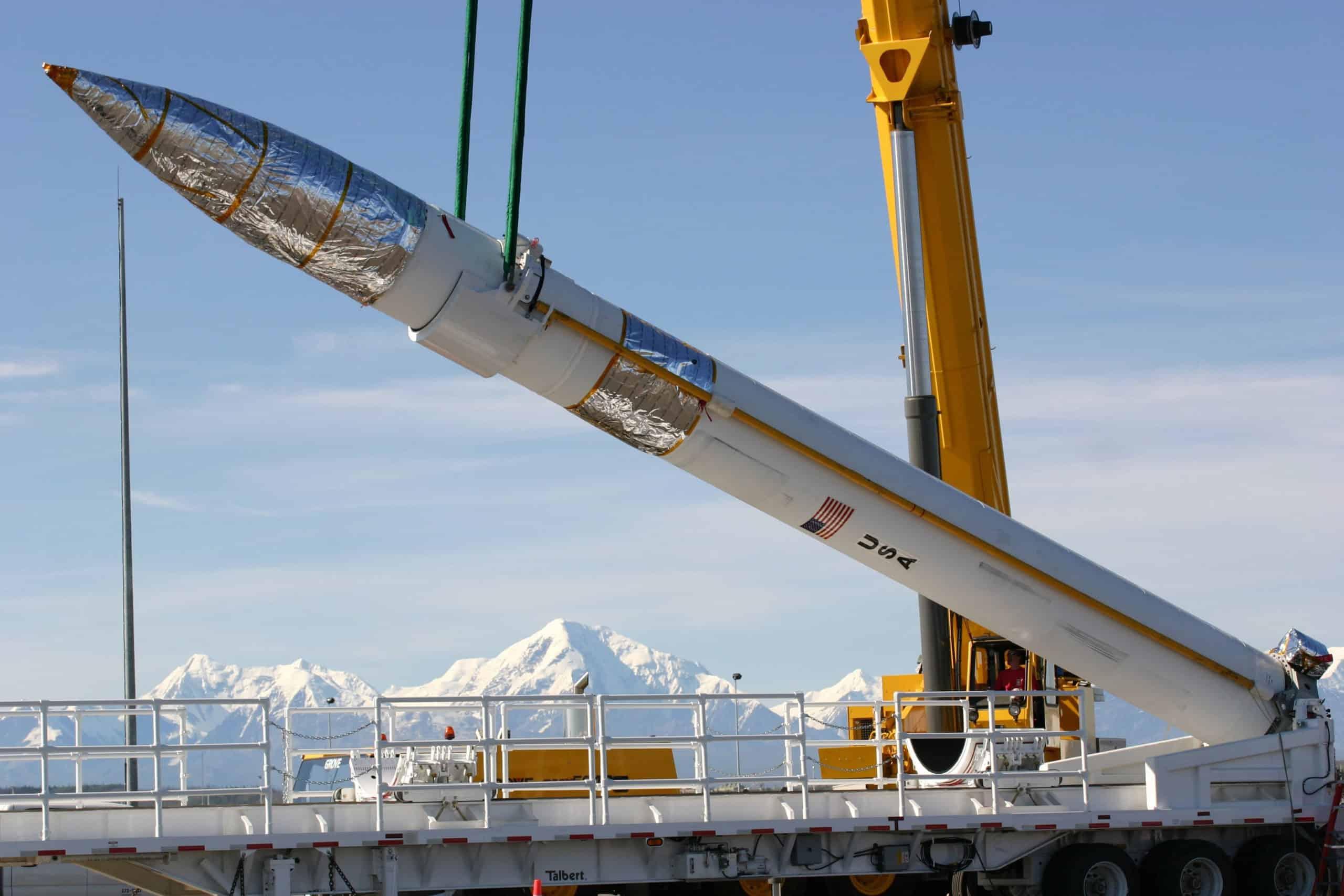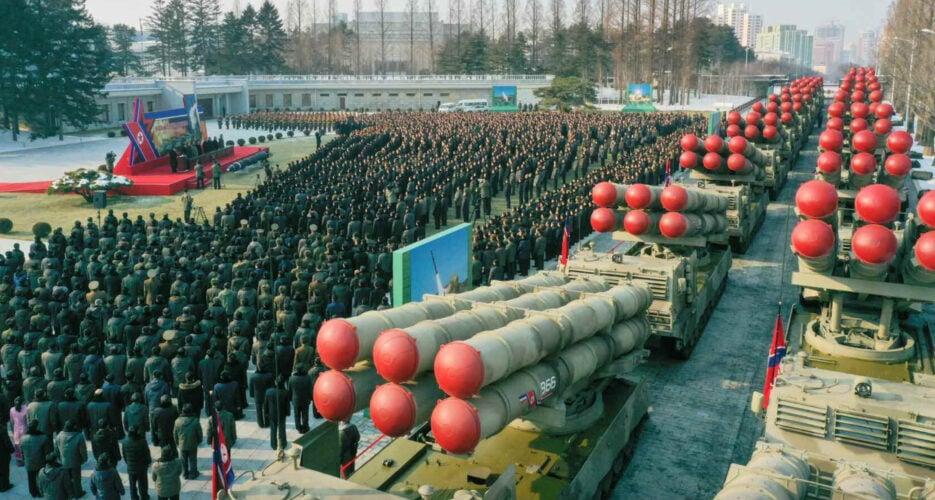Could North Korea’s ICBM worsen regional stability? Falling behind
In light of the heightening tensions between North Korea and South Korea in the last two years, official Pyongyang turned to the boost of the national ballistic missile programme with frequent test fires in close vicinity of Japan, South Korea, and Australia, thus escalating tensions with regional rivals and the United States. Since March 2024, North Korea launched hundreds of ballistic missiles in several directions. The recently fired missiles flew approximately 300 kilometres from Pyongyang and landed in the waters off North Korea’s east coast between the Korean peninsula and Japan.

North Korea has increased the frequency of its ballistic missile tests in the last few years, testing 33 missiles in 2023 alone, according to the Center for Arms Control and Non-Proliferation. In 2021, for comparison, it tested just eight missiles.
North Korea’s rapid and significant development of intercontinental ballistic missiles (ICBM) is a cause for immediate concern. This development, which may soon outpace US homeland defences, raises a crucial question – would the US and its regional allies be able to counter North Korea's ICBM at the current stage? North Korea’s ICBM programme, decades in the making, has been showing dramatic progress in recent years. After launching satellites on ICBM-class rockets periodically since the 1990s and developing new missiles of regional range, it began testing mobile ICBMs with three launches in 2017. In 2020, it unveiled a much larger mobile ICBM, clearly large enough to carry multiple re-entry vehicles.
Unlike the US, regional allies like South Korea and Japan are concerned much as Pyongyang's missile firings threaten the peace and security of the region and the international community as a part of broader implications. Despite earlier agreements between Seoul and Pyongyang to decrease tensions between the two states and peaceful resolution of major disputes, North Korea backed on the track of intimidation and coercive diplomacy by issuing threats and accusing Seoul of "plotting against it."

Given the rising threats, the US decided to install forty-four ground-based interceptors, each armed with a single nonexplosive kill vehicle based in Alaska and California and supported by early warning satellites and ground- and sea-based radars. However, ICBM is not the only source of the real threat posed by North Korea as it regularly threatens to turn South Korea into a fire sea through its conventional weapons – long-range artillery systems.
Artillery systems are very difficult to defend against, especially given Seoul's proximity to the North Korean border. Air and missile defence capabilities can't effectively stop long-range artillery. Hence, even when North Korea agrees to a freeze on its missile development, such as in 2019, its long-range artillery systems continue to remain a danger.
In recent years, many have argued that North Korea's nuclear programme and conventional weaponry have made significant progress, particularly the multi-rocket launch system KN-25. Reportedly, these rocket launchers would provide North Korea with core central striking means. The significant point regarding KN-25 is that its newest version is equipped with advanced guidance systems, increasing accuracy at greater distances.

Moreover, in order to gain the upper hand against South Korea, Japan, and the US, North Korea recently revealed its ambitions to increase space reconnaissance capabilities, which would be a revolutionary breakthrough in that sense. As such, North Korea’s determination to develop and deploy military reconnaissance satellites signals significant implications for regional deterrence and peace dynamics. For that purpose, North Korea attempted to launch a second spy satellite in 2024, which ended in failure. A rocket launched by North Korea to deploy the country’s second spy satellite exploded shortly after liftoff. The launch drew rebukes from the North’s neighbours because the UN bans North Korea from conducting any such launches, viewing them as covers for testing long-range missile technology.
Despite some setbacks, the current militarist rhetoric aligns with North Korea’s broader strategy to bolster its national defence deterrence and assert its sovereignty. This strategy, if not addressed, will have profound and potentially destabilizing implications for the region in the mid-term, especially as the US-China confrontation grows significantly. It's crucial to recognize the potential impact of these developments on regional stability and international security.








